Results 4,061 to 4,070 of 12096
Thread: Anandtech News
-
06-30-14, 04:00 PM #4061
Anandtech: Inside the First Android Wear Devices: LG G Watch & Samsung Gear Live Tear
Last week at IO, Google gave attendees a choice of one of two Android Wear devices to take home and get experience with the platform. Although I personally opted for LG's G Watch (the display looked better), my friend James Bruce at ARM managed to get both and spent the next day taking them apart. James sent over high res pics of the result and gave us permission to post the images here. I'm working on a review of Android Wear and the G Watch now (and yes, I have battery life data), but I hadn't yet taken it apart.
The G Watch turns out to be pretty easy to take apart. There are four Torx T5 screws on the back, removing them gives you access to its internals. The 400mAh battery is integrated into the back cover. ARM's teardown confirms 3.8V chemistry, resulting in a 1.52Wh total capacity.
In the photo above (left) you can see the thin gasket that runs around the perimeter of the G Watch, helping to give it its IP67 rating (fully sealed against dust, submergible in up to 1 meter of water for up to 30 minutes).
Two more screws hold the incredibly small PCB in place. The Qualcomm MSM8026 SoC (4 x Cortex A7 + Adreno 305 graphics) is underneath the Hynix DRAM device. There's a discrete Qualcomm PM8226 PMIC just south of the SoC.
On the flip side of the PCB we see Synaptics' touch controller (the same model used in the Moto X).
The Gear Live is also held together by four screws, although dismantling the watch takes a little more effort. The battery and heart rate monitor are both enclosed in the back of the watch. Samsung is also using 3.8V chemistry for its watch battery.
The logic board in the Gear Live is a bit more complex. There's a second layer stacked on the main logic board that also acts as an RF can.
We see the same MSM8026 SoC from Qualcomm below a Samsung DRAM device in a PoP stack.
Overall Samsung definitely has the more compact (and complex) internal PCB (the picture at the top of the article compares the two side by side), which makes sense given the company's relative head start in this space.
There's been a ton of innovation in the internal layout of smartphones over the years. As these are the very first Android Wear devices, it'll be interesting to see how the internal structure evolves over the coming years. One thing is for sure: those batteries are going to have to get thinner, or find a new place to live. Perhaps split up and distributed into a watch band?
More...
-
06-30-14, 09:30 PM #4062
Anandtech: Samsung SSD 850 Pro (128GB, 256GB & 1TB) Review: Enter the 3D Era
Over the last three years, Samsung has become one of the most dominant players in the SSD industry. Samsung's strategy has been tight vertical integration ever since the beginning, which gives Samsung the ability to be in the forefront of new technologies. That is a massive advantage because ultimately all the parts need to be designed and optimized to work properly together. The first fruit of Samsung's vertical integration was the SSD 840, which was the first mass produced SSD to utilize TLC NAND and gave Samsung a substantial cost advantage. Even today, the SSD 840 and its successor, the 840 EVO, are still the only TLC NAND based SSDs shipping in high volume. Now, two years later, Samsung is doing it again with the introduction of the SSD 850 Pro, the world's first consumer SSD with 3D NAND.
More...
-
07-01-14, 05:31 AM #4063
Anandtech: HP Labs: the Science of Technology
Recently HP invited journalists from a variety of publications down to their Houston location for a tour of the Science Labs – facilities and labs dedicated to designing, testing, debugging, analyzing, and improving HP products. Our tour focused on testing specific to the commercial line of products (i.e. workstations and servers), and there were some cool demonstrations, a lot of interesting information, and a few experiences that were quite awesome.
More...
-
07-01-14, 10:00 AM #4064
Anandtech: Samsung Announces the Galaxy S5 Mini
Today Samsung announced the Galaxy S5 mini, which continues the Galaxy S mini line the same way that the One mini 2 continued the One mini line. Interestingly enough for the international variant the Galaxy S5 mini uses a Samsung Exynos 3470 SoC for the LTE variant, along with an Intel XMM7160 modem. There are a few areas where the GS5 mini is worse than the One mini 2 though, such as the 1.5GB of RAM instead of the 2GB found on the One mini 2. As with the One mini 2, there’s no 802.11ac support. Fortunately, Samsung has improved the display panel to a 720p SAMOLED with 4.5” diagonal compared to the qHD panel of the GS4 mini. I’ve included a table of the specs released below.
For those unfamiliar with the Exynos 3470, this is a quad core Cortex A7 solution running at 1.4 GHz, along with a quad core Mali-400MP4 clocked at 450 MHz. Based upon the amount of Broadcom design wins in Samsung devices it’d be reasonable to infer that the WiFi/BT combo chip is a Broadcom design win as well. The Intel modem is something that we’ve seen before on the Galaxy K, so it’s no surprise to see the same on the Galaxy S5 mini. The phone is also IP67 resistant like its larger cousin, although the USB flap is no longer needed for this variant. Overall, this phone seems to be intent on keeping the mini moniker to its roots. It’s definitely designed to target a more midrange audience, although it'll take a review to see whether it does this effectively.Samsung Galaxy S5 mini SoC Exynos 3470 4x1.4 GHz Cortex A7 RAM/NAND 1.5 GB LPDDR3, 16GB NAND + microSD Display 4.5” 720p IPS LCD Network 2G / 3G / 4G LTE (Intel XMM7160 UE Category 4 LTE) Dimensions 131.1 x 64.8 x 9.1mm, 120 grams Camera 8MP rear camera, 1080p30 max. 2.1MP F/2.0 FFC Battery 2100 mAh (7.98 Whr) OS Android 4.4 with TouchWiz UX Connectivity 802.11a/b/g/n + BT 4.0, USB2.0, GPS/GNSS, MHL, DLNA, NFC SIM Size MicroSIM
More...
-
07-01-14, 09:00 PM #4065
Anandtech: A Closer Look at Android RunTime (ART) in Android L
With the latest I/O conference, Google has finally publicly made public its plans for its new runtime on Android. The Android RunTime, ART, is the successor and replacement for Dalvik, the virtual machine on which Android Java code is executed on. We’ve had traces and previews of it available with KitKat devices since last fall, but there wasn’t much information in terms of technical details and the direction Google was heading with it.
Contrary to other mobile platforms such as iOS, Windows or Tizen, which run software compiled natively to their specific hardware architecture, the majority of Android software is based around a generic code language which is transformed from “byte-code” into native instructions for the hardware on the device itself.
Over the years and from the earliest Android versions, Dalvik started as a simple VM with little complexity. With time, however, Google felt the need to address performance concerns and to be able to keep up with hardware advances of the industry. Google eventually added a JIT-compiler to Dalvik with Android’s 2.2 release, added multi-threading capabilities, and generally tried to improve piece by piece.
Lately over the last few years however, the ecosystem had been outpacing Dalvik development, so Google sought out to build something new to serve as a solid foundation for the future, where it could scale with the performance of today’s and the future’s 8-core devices, large storage capabilities, and large working memories.
Thus ART was born.
More...
-
07-02-14, 04:00 PM #4066
Anandtech: Ubiquiti Networks Launches mFi In-Wall Manageable Devices
With the Internet of Things (IoT) revolution underway, consumers want the ability to control devices in an automated and easy manner. The home automation market has also received a fillip recently, thanks to efforts from some high-profile vendors. Ubiquiti Networks is tackling the IoT market from the enterprise / SMB side. Due to the nature of that market segment, Ubiquiti's building automation product line (mFi) is loaded with features, and is quite flexible too. We had reviewed the mFi mPower and found it to actually present great value for the money despite being targeted towards business users.
Today, Ubiquiti is launching a couple of additions to the mFi family. The mFi-MPW is similar to the mFi mPower in terms of providing electrical outlets with remote switching (over Wi-Fi) and energy monitoring capabilities. The only difference is its in-wall design which allows users to replace the existing wall outlets while gaining automation aspects. The industrial design allows for blending of the device into the current setting (no odd protruding contraptions out of the wall / loose power strip hanging off the outlet). The mFi-MPW comes in black, with a white colored option (mFi-MPW-W) also in the mix.
The second device provides new functionality by acting as a switch / dimmer. Unlike traditional switches, the mFi-LD and mFi-LD-W come with touch panels. Toggling the lights is achieved by tapping while dimming control is provided by sliding the fingers on it (similar to a mouse pad). Obviously, the device can be controlled via Wi-Fi and energy monitoring is available. More details about the switch / dimmer can be found here.
While basic control and monitoring can be achieved via the web-interface, the usage of the mFi Controller Software allows for setting up scenes and other home automation aspects. SSH access is available (similar to what power users have enjoyed with the other mFi devices), opening up a host of possibilites for developers of home automation integration systems. In terms of hardware installation, many home users might prefer the services of a licensed electrician for installation (but, this is quite similar to what one had to do for the Belkin WeMo Light Switch, a play aimed purely at the residential market). The other issue is that all the Wi-Fi circuitry takes up some space, and the outlet is actually 1.6" deep (which might be too big for some gang boxes).
Retail availability is still a bit of a hit-and-miss, as Ubiquiti tends to operate through a distributor network. However, on the basis of my previous experience, I believe we should be able to grab these on Amazon pretty soon.
More...
-
07-03-14, 10:30 AM #4067
Anandtech: ARM’s Mali Midgard Architecture Explored
This year then has been especially productive for learning more about SoC GPUs, and as of today it’s going to get even better. After we took a look at Imagination’s PowerVR Rogue architecture earlier this year, ARM contacted us and indicated that they would like to do the same; that they would like to take a seat at the “open architecture” table. To give us the access we need to discover how their GPUs work, and in turn tell you what we’ve learned. Today we'll be doing just that as we take our first look at ARM's Mali Midgard architecture.
More...
-
07-04-14, 04:33 AM #4068
Anandtech: The LG G3 Review
While the enthusiast segment is no stranger to LG smartphones, for the most part LG hasn’t received nearly the amount of attention that Samsung has. At first, it doesn’t make much sense. After all, LG is almost as big as Samsung. Both are chaebols, with enormous resources and power that few other companies have. Starting from the Optimus G, it seems that LG has shipped some of the best hardware in the industry, leveraging all the branches of the company from LG Innotek to LG Display to make a product that was easily equal to or better than the competition at the time.
One of the real issues that LG faced was a credibility gap. After the Optimus 2X and 4X HD, LG simply lacked credibility amongst the enthusiast audience. Without this audience and without the marketing push that other OEMs had, LG phones simply didn’t sell. Fortunately, things have gotten better since those days. The G2 brought significant attention to LG phones, and if anything, LG has been the sleeping giant in the industry. LG’s displays have been one of the best in the industry, and as an Android OEM they’ve consistently executed well on hardware. The immense popularity of the Nexus 4 and 5, even amongst mainstream consumers is surprising, especially because they were supposed to be developer devices.
This leads us to the LG G3, which is now available in Korea and ready to be sold internationally. LG now faces the difficult task of succeeding the G2, one of the best phones of 2013. To find out whether they’ve made a worthy successor, read on for the full review.
More...
-
07-04-14, 11:30 AM #4069
Anandtech: Watch our Hangout with ARM's CTO Mike Muller
Yesterday I spent an hour talking to ARM's CTO Mike Muller about everything from the Internet of Things, ARM in servers, wearables, a roadmap to ARM on the desktop and the history of the company. Mike is one of the original ARM founders and has a great perspective on ARM and the industry. If you missed the live hangout you can check out the video below:
On Monday at noon ET I'll be doing the same with ARM Fellow Jem Davies where we'll be talking about mobile GPUs.
More...
-
07-04-14, 01:31 PM #4070
Anandtech: Samsung SSD Global Summit 2014: 845 DC Pro with V-NAND, SM951 with NVMe Su
Every year for the past three years, Samsung has flown a bunch of media from all around the world for their SSD Global Summit. The Summit serves as an opportunity for Samsung to release new SSDs as well as share their vision about the market trends and future products. This year the big news was obviously the release of the 850 Pro (our review), which is the first client SSD to utilize 3D NAND, but since we already reviewed the 850 Pro and covered V-NAND in detail, I will focus on the other highlights of the show here.
Alongside with the 850 Pro, Samsung is also releasing 845 DC Pro with first generation 24-layer V-NAND. The 845 DC Pro is Samsung's second "branded" enterprise SSD with the first one being the 845 DC EVO that was released about a month ago. Typically Samsung's enterprise SSDs have been OEM-only but with the DC series Samsung is offering their enterprise drives to smaller businesses as well.
With the DC EVO Samsung's goal was to provide an affordable solution to data centers with very read intensive workloads, which is why Samsung ended up using TLC NAND. Thanks to the faster and more durable V-NAND, the 845 DC Pro shifts the focus to write performance and endurance. Samsung is promising 50K IOPS in steady-state with 28% over-provisioning and ten drive writes per day, which means 7.3PB of writes for the 400GB model and 14.6PB for the 800GB model. The most interesting detail about the 845 DC Pro is its price as Samsung said it will be priced between $1.50/GB and $2/GB, making it a very competitive drive in the enterprise space. Generally drives with ten drive write per day have cost around $3 per GB (like the Intel DC P3700), so Samsung's move with the pricing is very aggressive. We are waiting for our review samples to arrive, so stay tuned for the full review!
The other intriguing announcement Samsung made is the SM951. This is the successor of the XP941 we reviewed earlier and the biggest change is the switch to PCIe 3.0 x4 interface and support for NVMe (for more information about NVMe, read our Intel DC P3700 review). Similar to the XP941, the SM951 is unfortunately an OEM-only product but it is possible that third party resellers will carry the drive like what happened with the XP941. I was told that the SM951 is already shipping to OEMs but currently there are no products out in the market with the drive inside. We are currently in talks with Samsung to get a review sample but Samsung's OEM branch has always been a bit difficult to deal with when it comes to samples, so let's hope for the best.
Samsung also had the SM1715/XS1715 (or The Unicorn) in the showroom. It is an OEM-only enterprise SSD with NVMe support but from what I can say, the drive is a ghost. I have not seen the drive out in the wild, even though Samsung's presentation showed that Dell is using the drive in one of their servers. I am trying to get Samsung to send us a review sample but like I said earlier, Samsung's OEM side is not exactly the most convenient when it comes to review samples.
More...
Thread Information
Users Browsing this Thread
There are currently 11 users browsing this thread. (0 members and 11 guests)





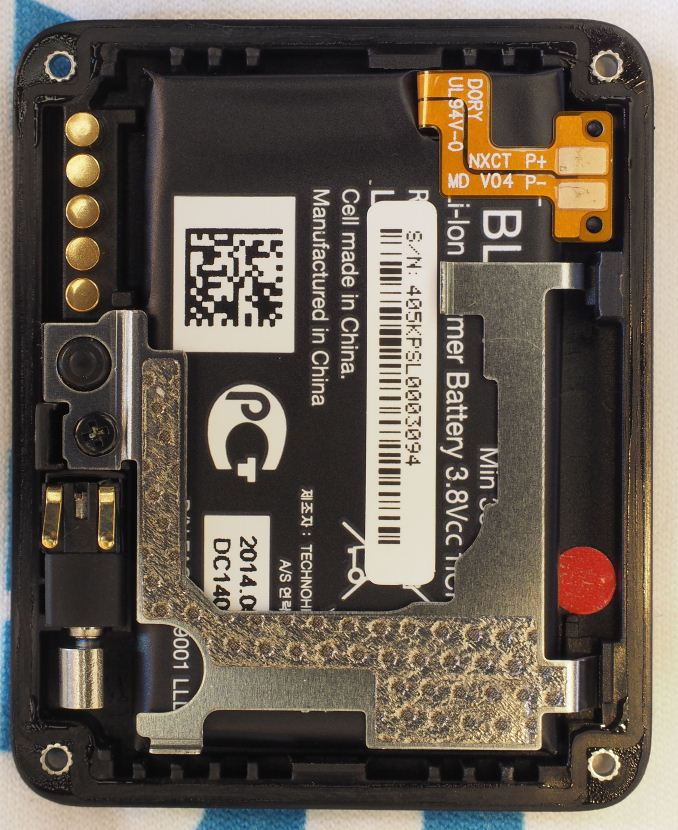
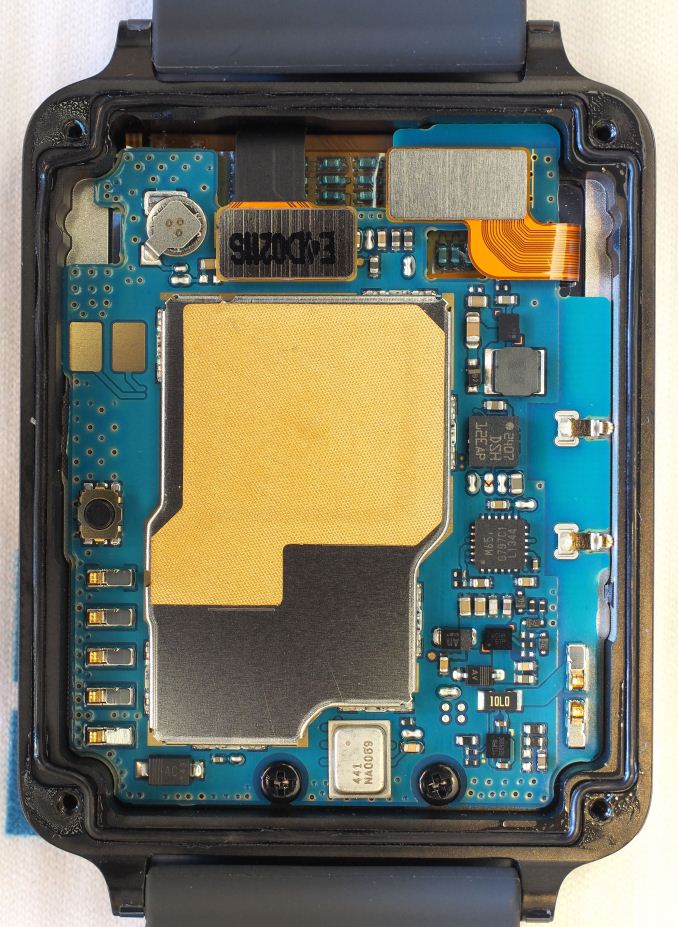
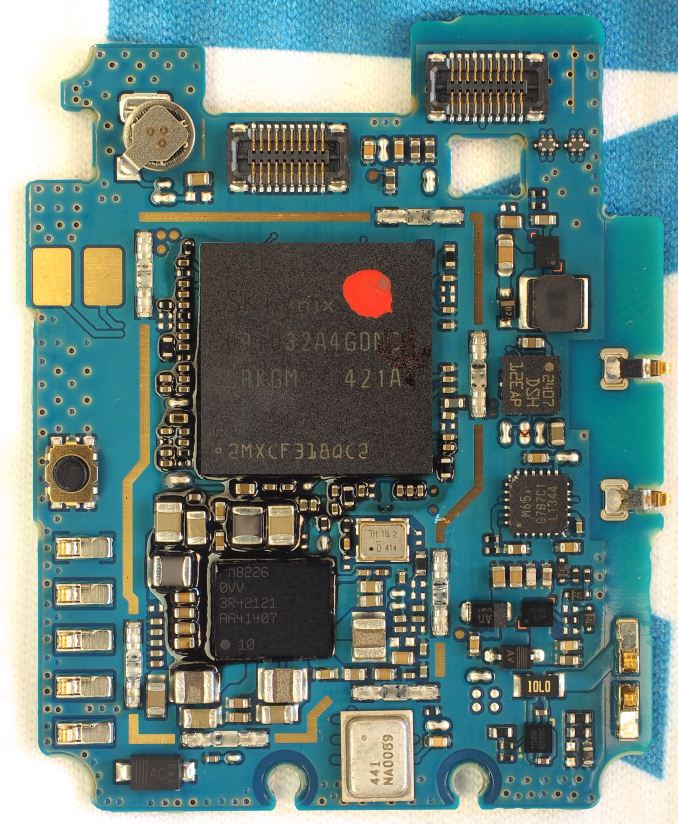
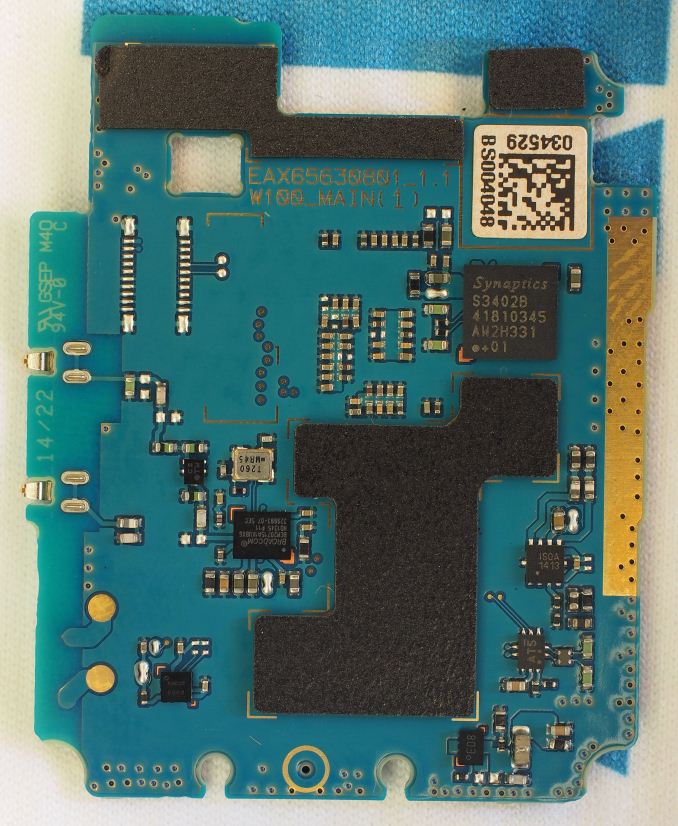
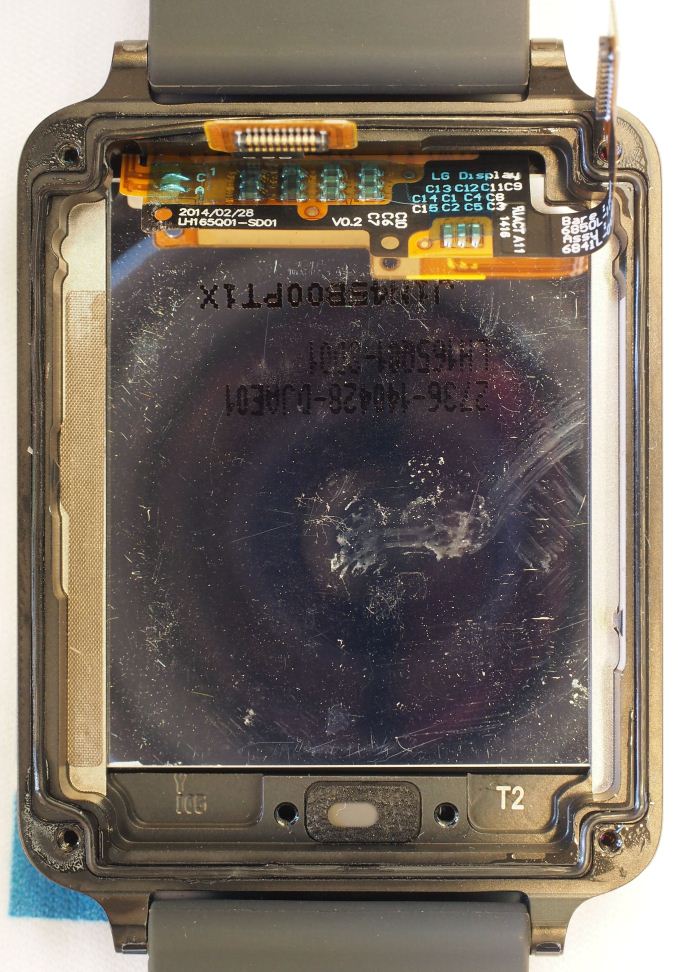






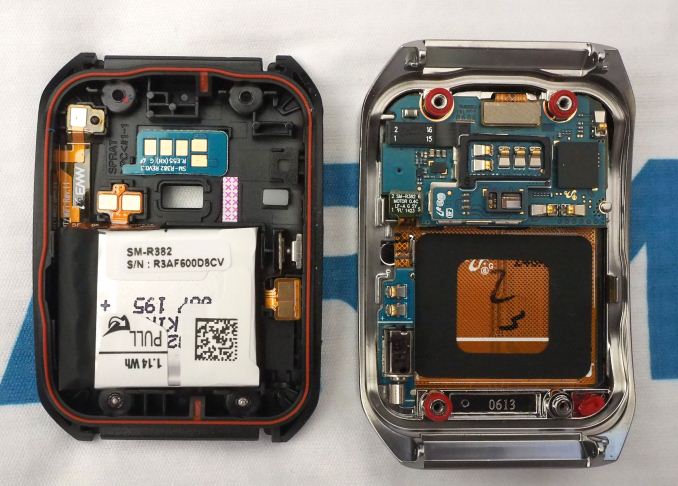
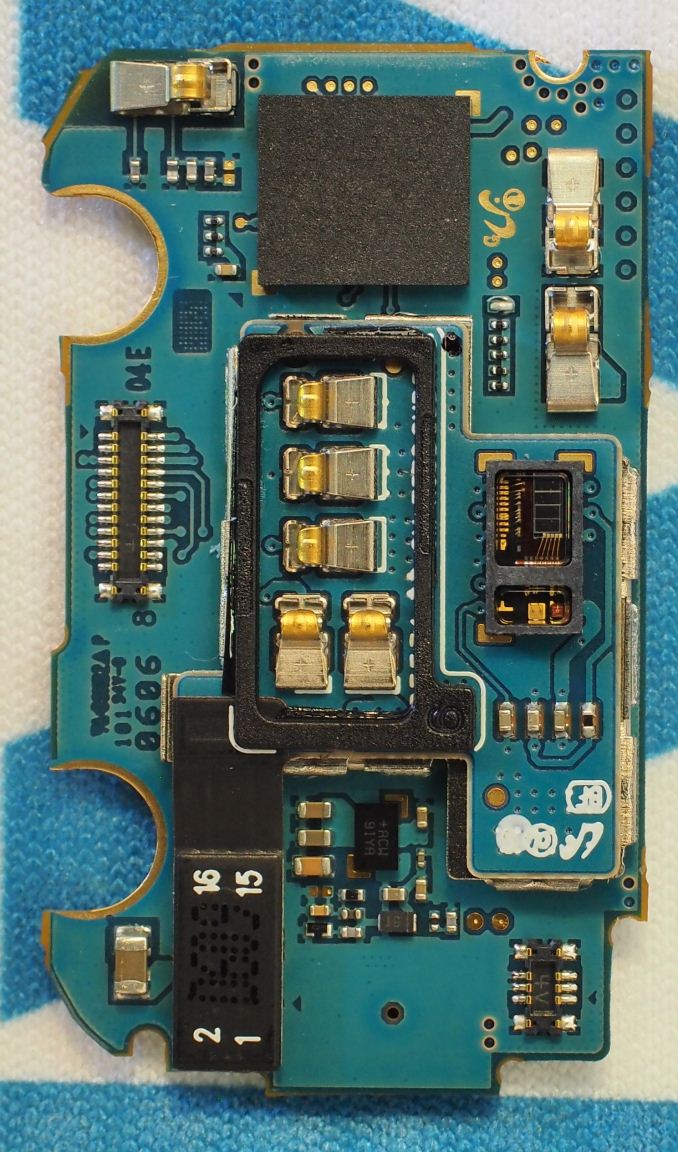
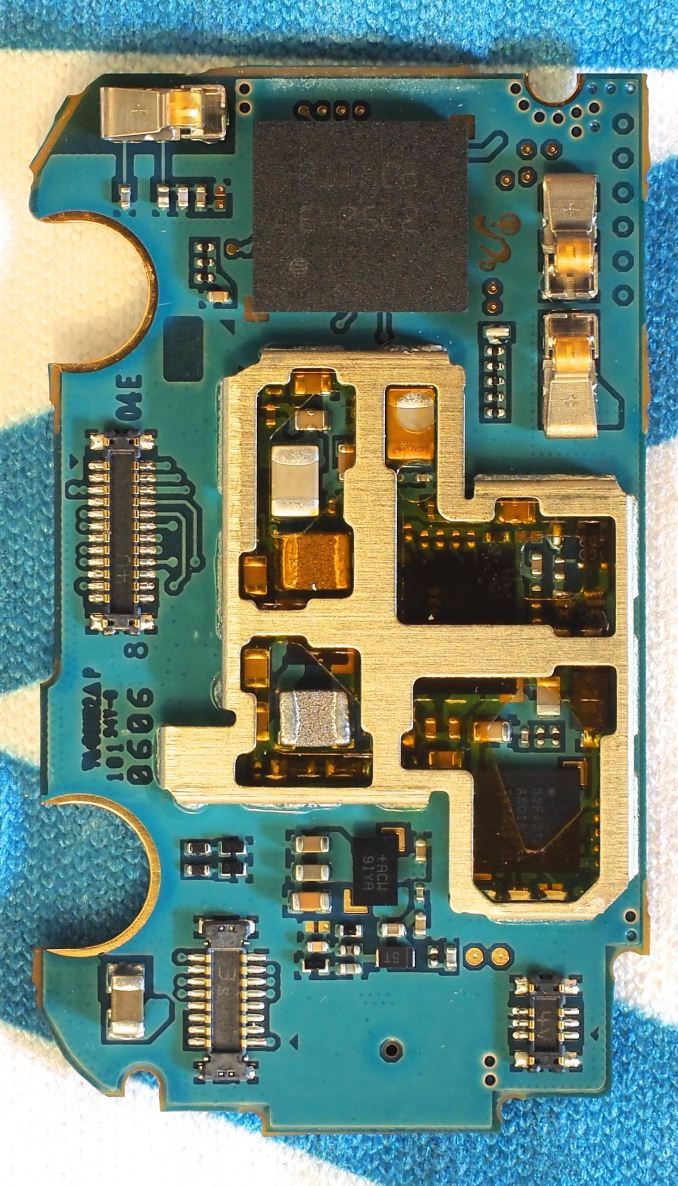
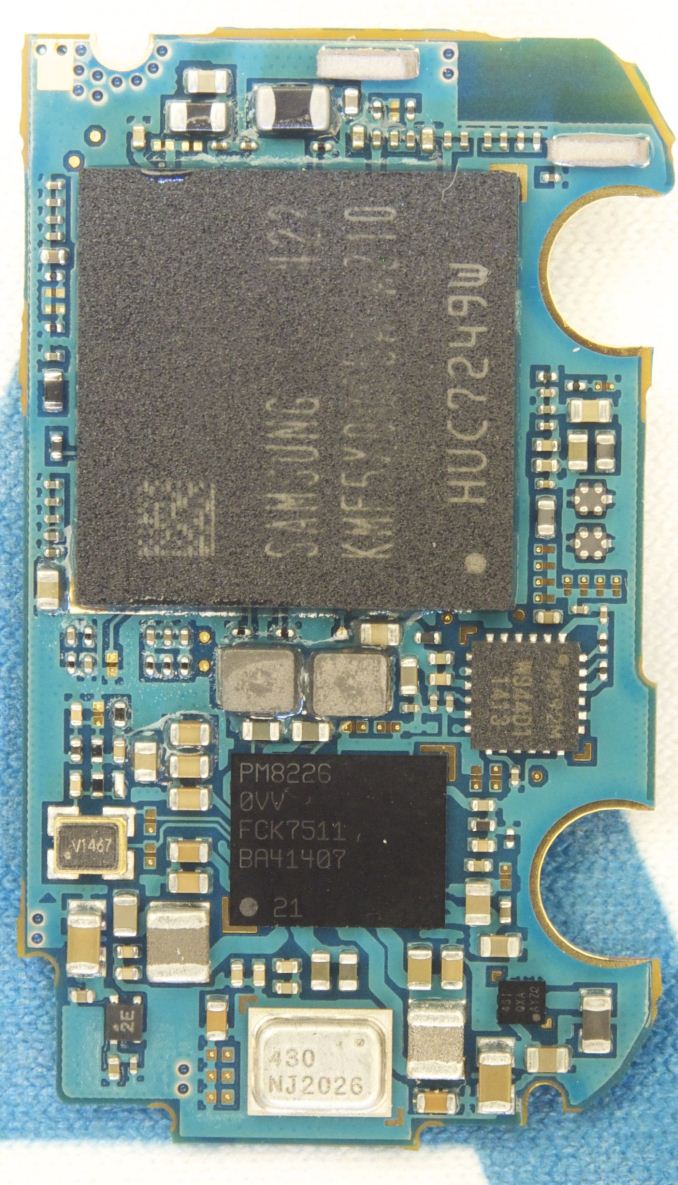








 Quote
Quote



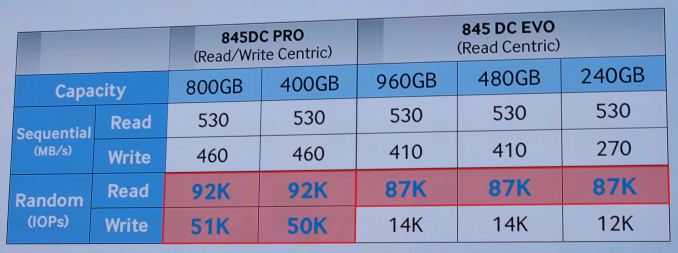
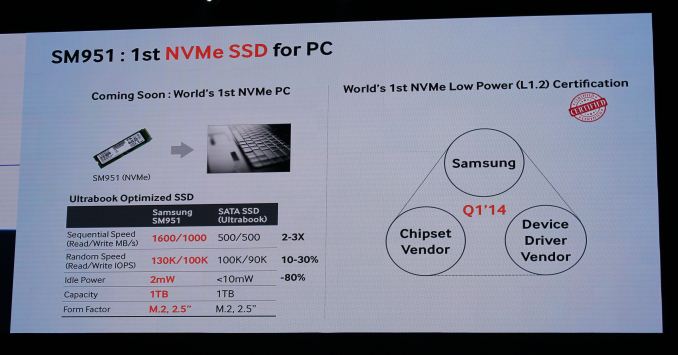
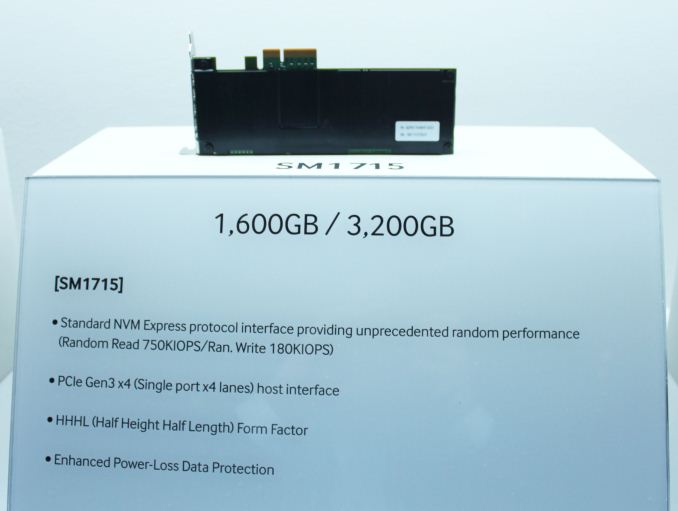
















Bookmarks